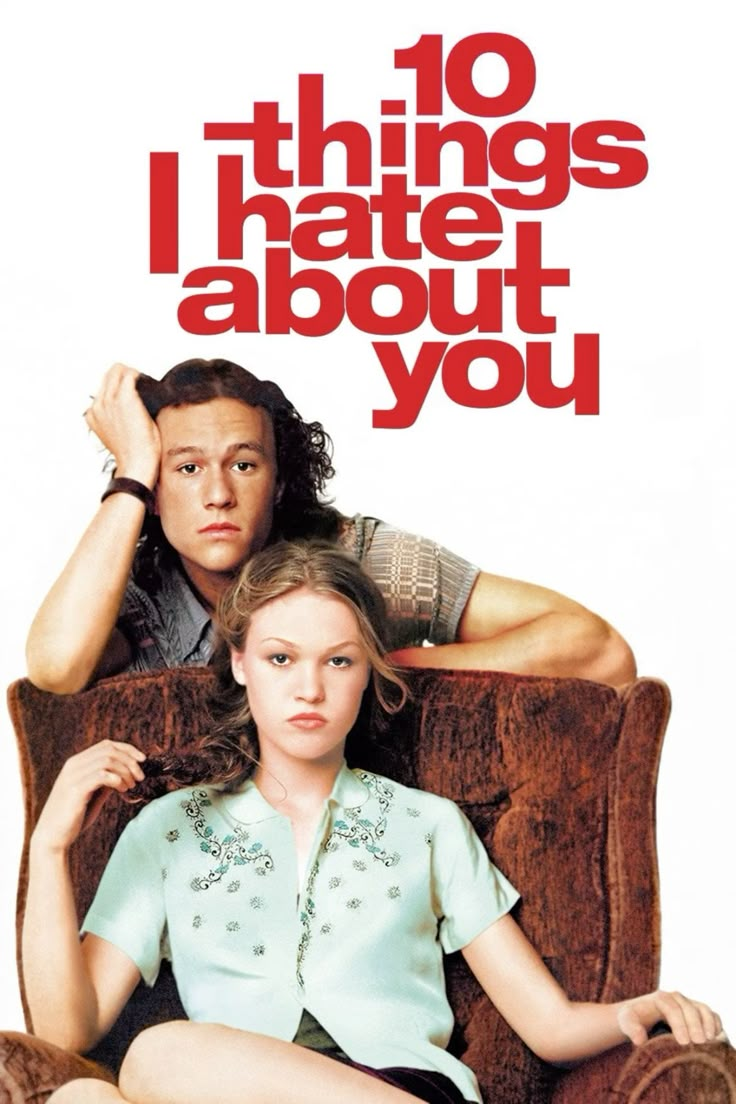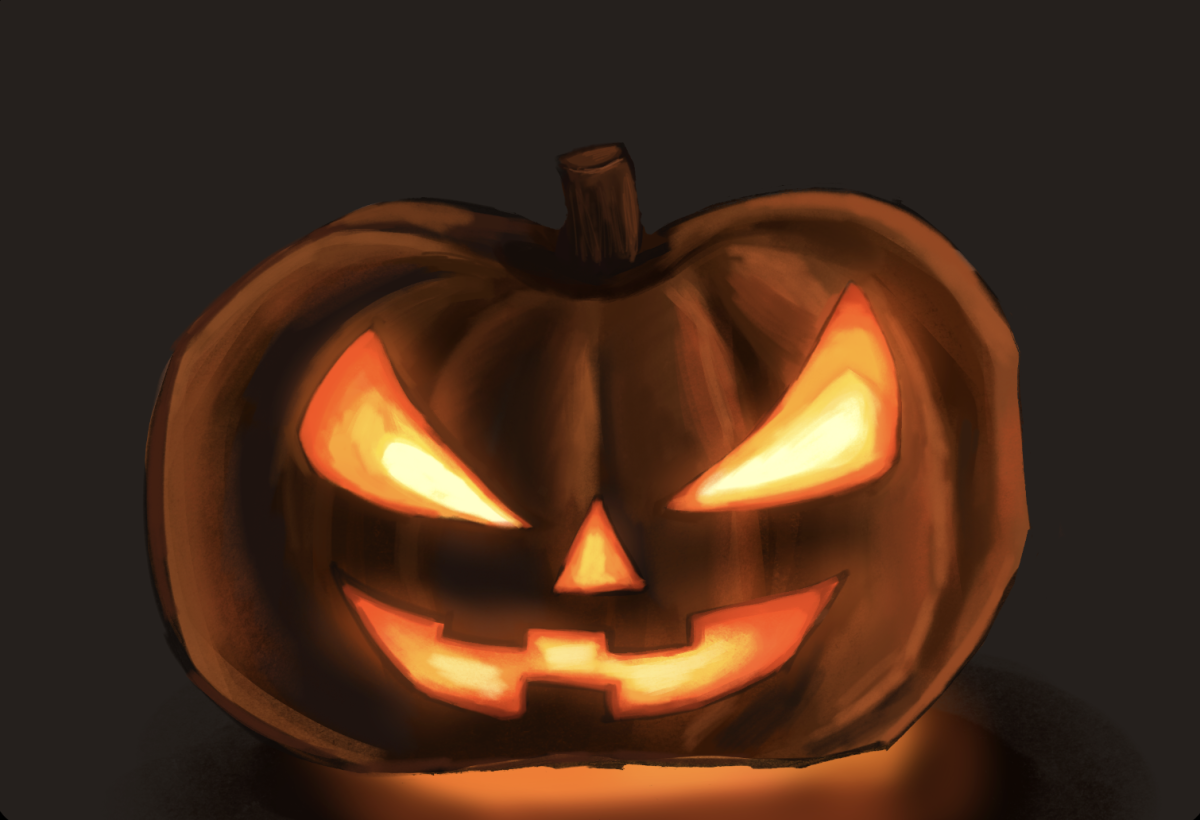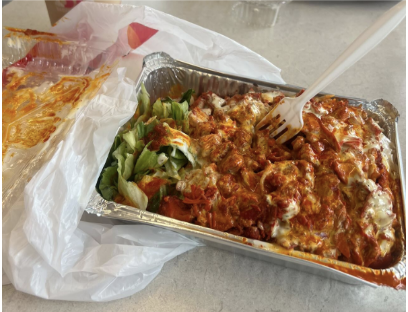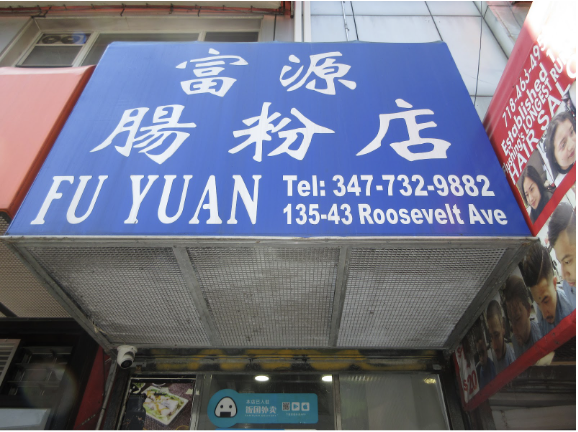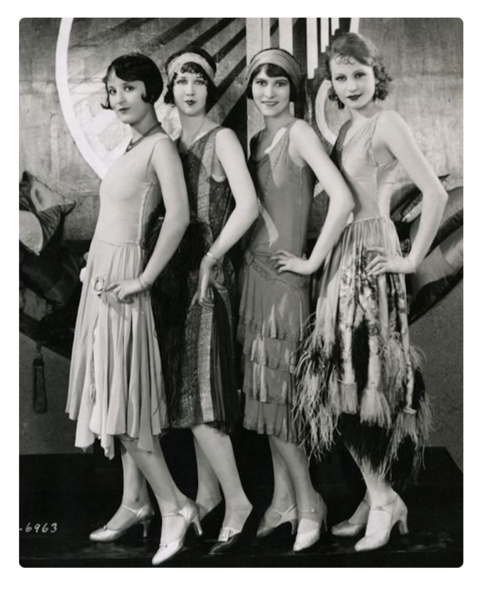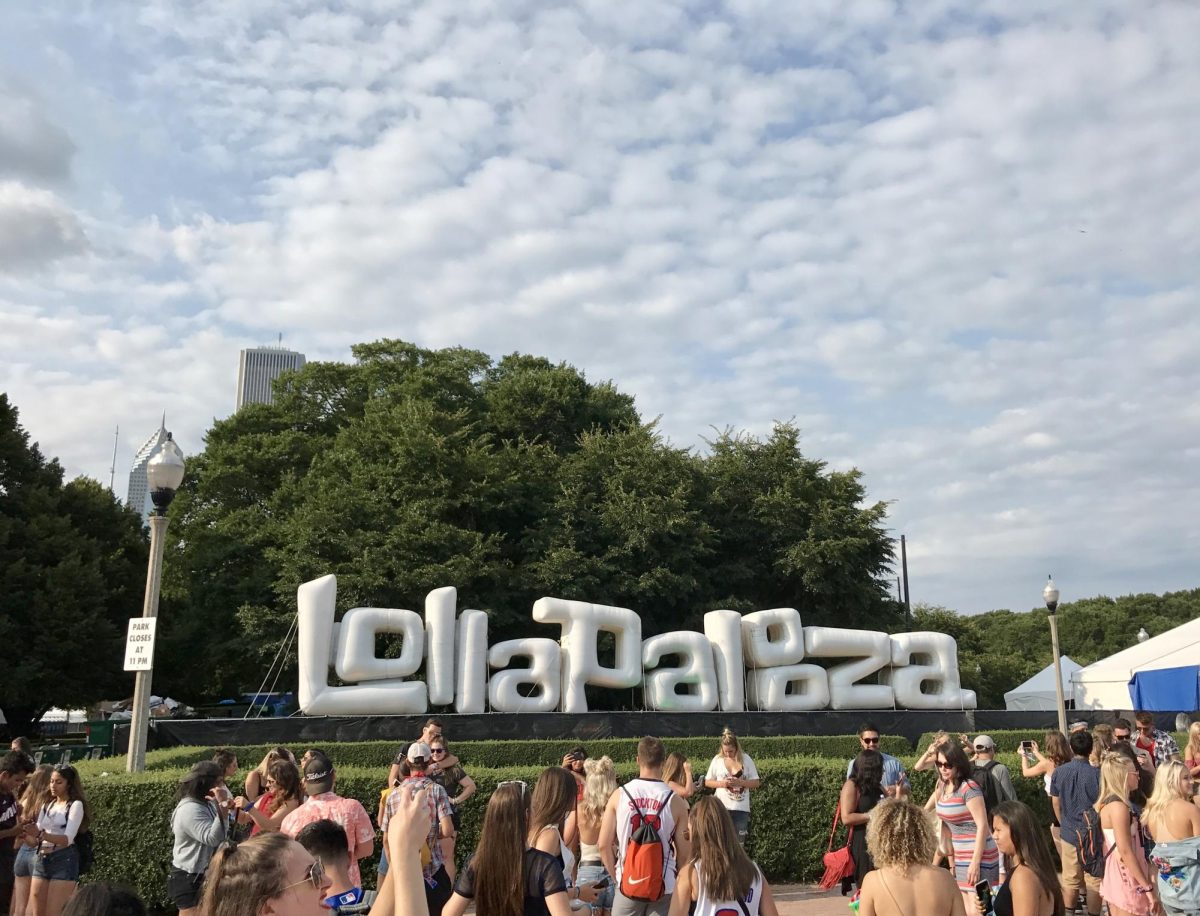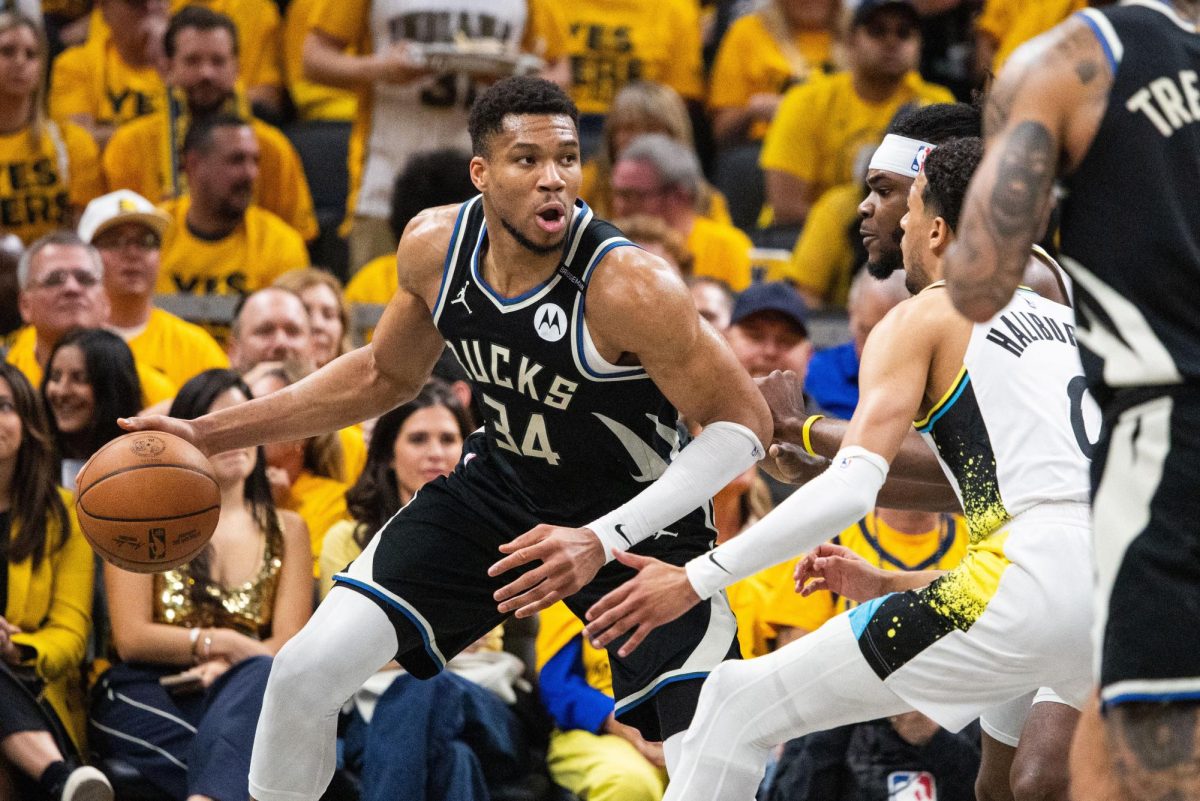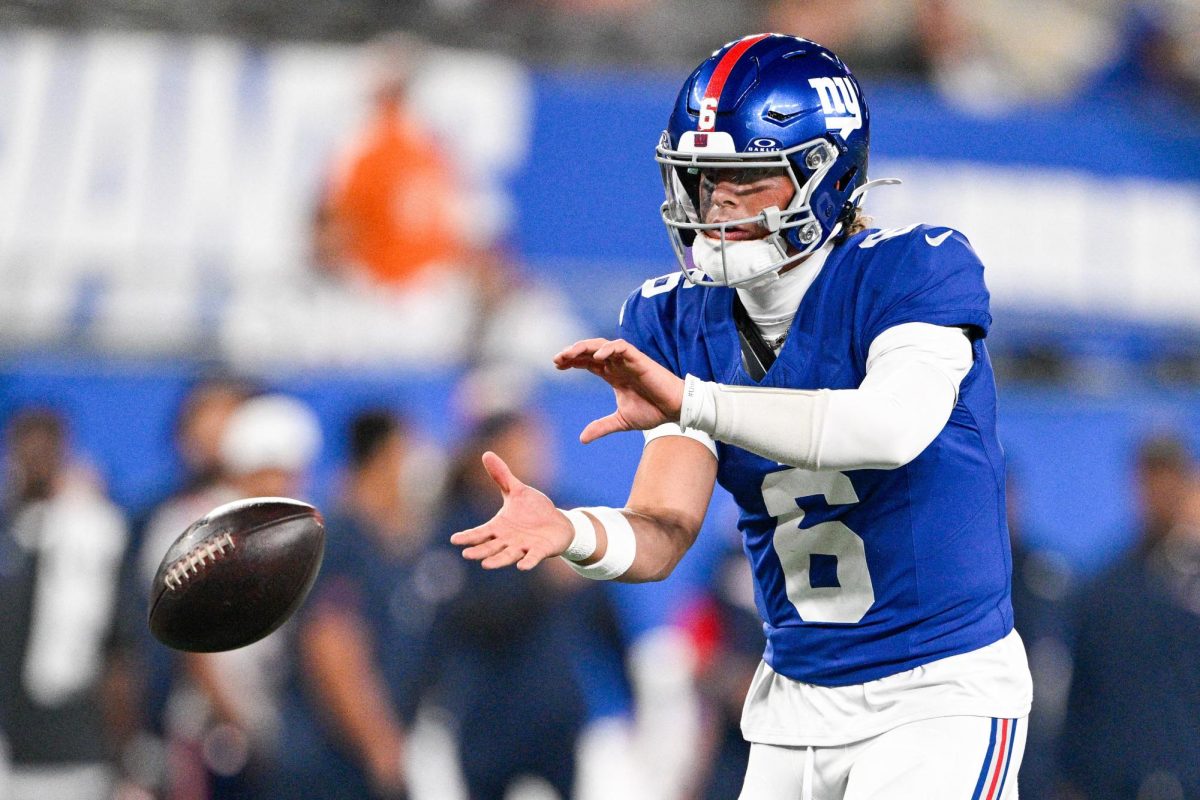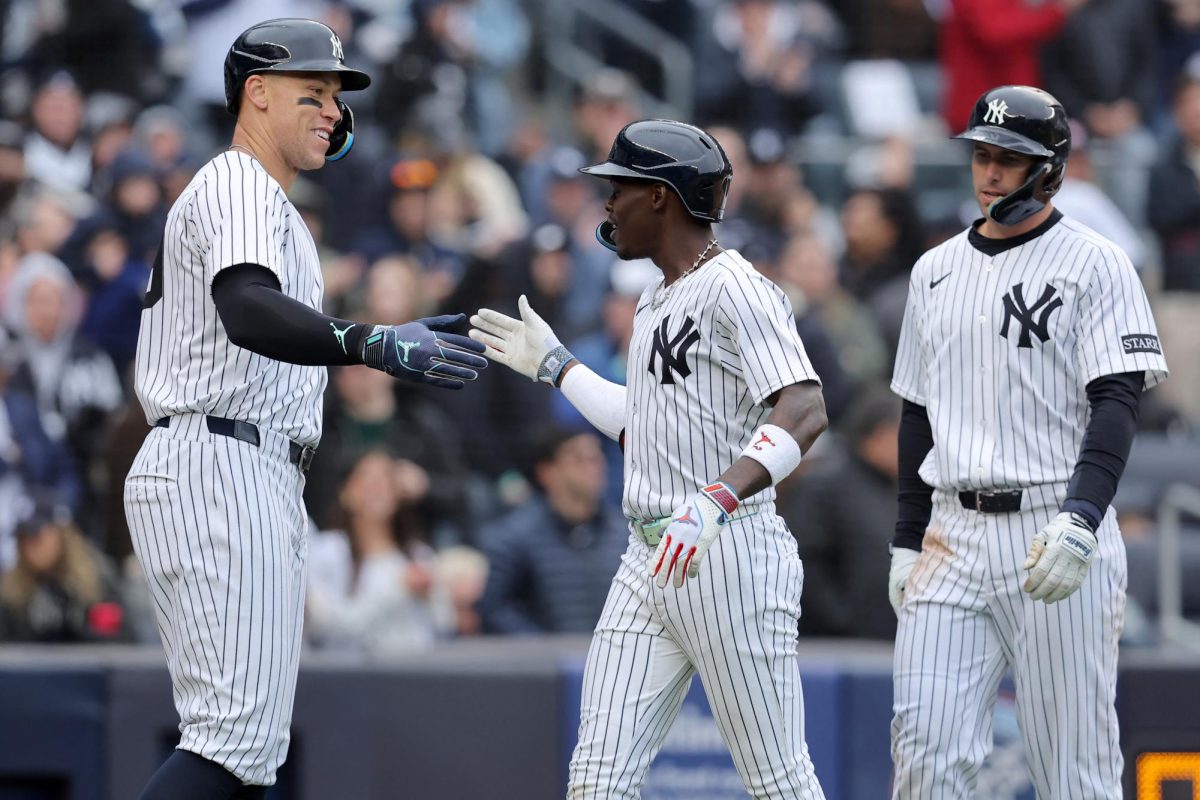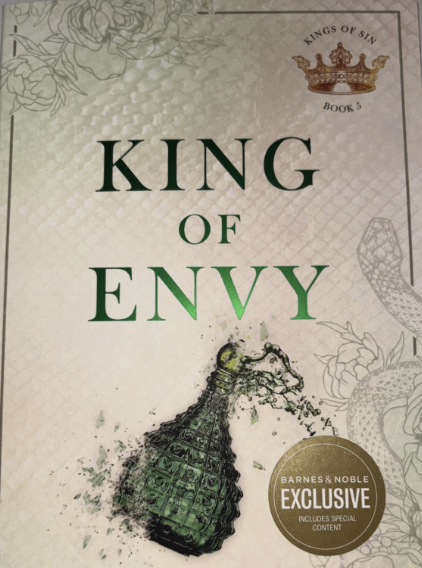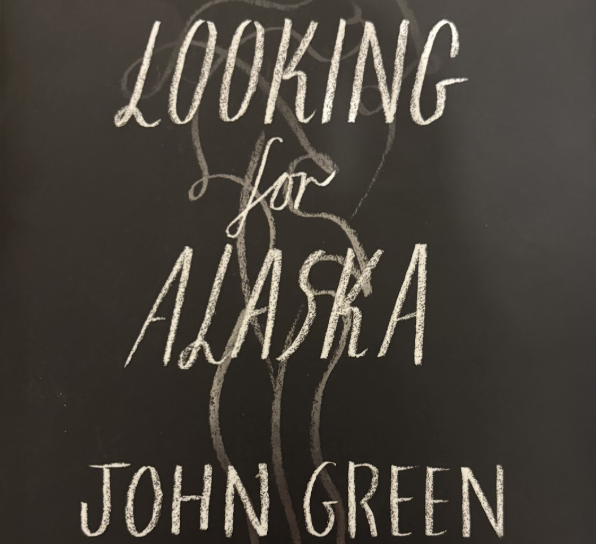“The creatures outside looked from man to pig, and from pig to man again, but already it was impossible to say which was which.” The last lines of Animal Farm by George Orwell not only refer to the animals on the farm, but to us, the animals trapped in a farm of corruption. While the book follows an absorbing storyline, readers will uncover the parallels between the animal farm and real-world politics. To begin, the book starts with the rebellion of the farm animals against their owner Mr. Jones, and his men who never took proper care of them. The animals were overworked with little to no food and considered their lives laborious and short. When old age catches up with them and their usefulness comes to an end, they are slaughtered with hideous cruelty. Thus, motivating the animals to design an intricate plan to overthrow Mr. Jones and his men.
After overthrowing their owner, the animals assorted rules to one another. The responsibility of teaching and organizing fell on the pigs referred to as the most intelligent. The animals had seven commandments which they were to live by. 1) Whatever goes upon two legs is an enemy, 2) Four legs or wings, a friend, 3) No animal shall wear clothes, 4) No animal shall sleep in beds, 5) No animal shall drink alcohol, 6) No animal shall kill any other animal, 7) All animals are equal. As time passed, the pigs did not work; instead, they ordered the other animals around. As the lazier pig Napoleon frames the honest one Snowball, the story takes a turn. Slowly, Napoleon would break every commandment.
When one hears how Napoleon schemed to create a democracy into a totalitarian government, one questions how the other animals didn’t stop him. Perhaps we should listen to our own words more often because how is it that we do not see the multiple Napoleons in today’s times? It could be that Orwell wished to teach us about the foolish danger of blind faith amongst society and the book shows that the new leaders turn into what they replaced. In the end, the book isn’t the reality of us in general but specifically America and its corrupt elites. The animals on the farm who aspired for a better life with new leaders of their own seemed to receive no benefits and their lives had actually become more difficult while their new leaders started to change colors. Behind these animals, the book portrays the corrupt authority figures manipulating the working class.
Furthermore, the book was published on August 17, 1945, with its messages tying back to England’s political atmosphere. In 1945, England was recovering from World War II when the working class started facing significant changes. England’s general election of 1945 aimed to reform society, improve living conditions, and issues like class distinctions. Similar to the farm animals,” post-war England began discussing topics such as Socialism and the danger of Totalitarianism. George Orwell coaxes the political climate and sensitive issues of post-war England to create parallels between politics and his book. It appears that the Labor Party and discussions of Socialism symbolized the new animal farm when it still abided by its commandments and the Animal Farm’s new victory symbolized post-war England. While themes of England’s politics only spoke of reforming a country after independence with more socialist ideas, the parallel to the Russian Revolution directly speaks of how they overthrew a corrupt government only for the new replacement to become corrupt.
Now concerning the key characters, they also symbolized specific leaders of the Russian Revolution. 1) The Old Major who began the idea of Animalism symbolized Karl Marx/Lenin’s ideology of human equality. 2) Napoleon represented Joseph Stalin, who misled the revolution’s ideas. 3) Snowball represented Leon Trotsky, sidelined and abandoned by power struggles. 4) Lastly, the rebellion against Mr. Jones represented overthrowing the tsarist regime while animalism represented communism. To summarize, Orwell critiques the Russian Revolution by using symbolism to depict how those in power distorted the revolution’s ideals.
Aside from the compelling parallel to the real world, the book takes the readers through multiple courses of emotions. Personally, the excitement rises when Napoleon uses his trained dogs to attack Snowball during a meeting in which he proposes to build a windmill for the betterment of the farm. Evoking a fear in the animals, he had gained control over them. He brain-washed them and fed them excuses such as “Do not imagine that leadership is a pleasure. No one believes more firmly than comrade Napoleon that all animals are equal.” He would say this to make the animals believe they should be grateful to Napoleon for being a leader when Napoleon was the only one who benefited from his position the entire time. The most powerful scene in the book that struck most readers was when the commandments were wiped and rewritten to “All animals are equal but some animals are more equal than others.” This idea seems very familiar, right? The depth of this line surpasses our initial imagination. It depicts our reality, a world with vacant promises and words. The words which no longer seem to hold value. It portrays class division and inequalities. We say we’re all equal, but we all know that in our world some are more equal than others.


